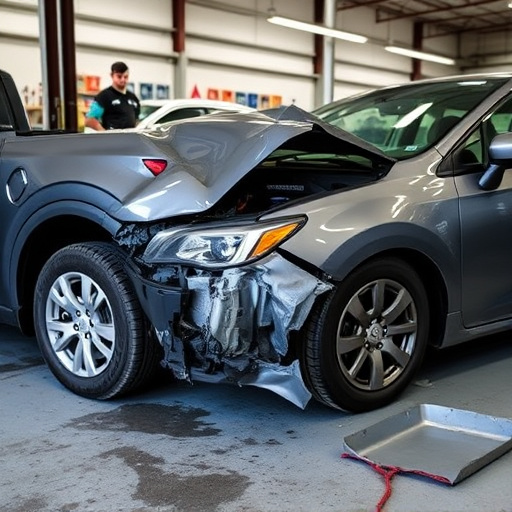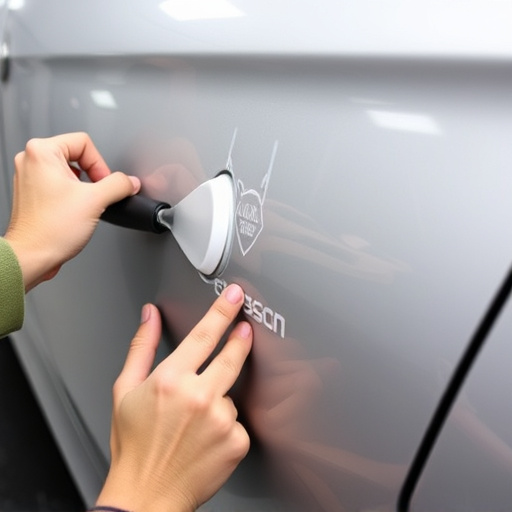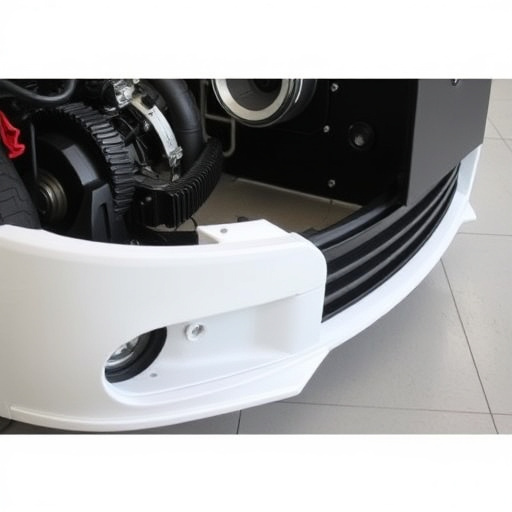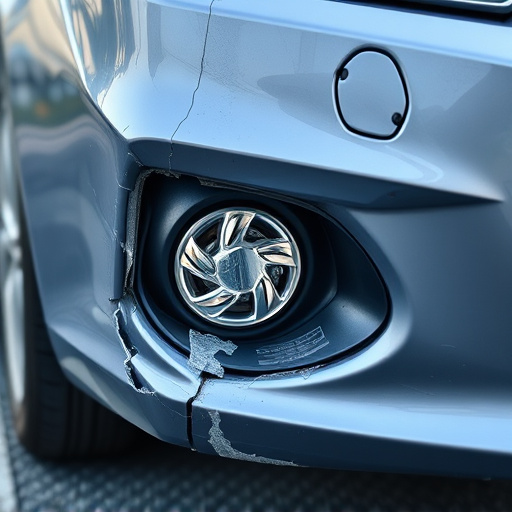Mercedes electronic steering repair relies on advanced sensors monitoring components for anomalies, generating fault codes for diagnosis. Experts use these codes to identify issues like sensor malfunctions, communication errors, and power supply problems, avoiding unnecessary cosmetic repairs. Systematic troubleshooting, component testing, and precise repairs enhance safety and performance for Mercedes vehicles.
Struggling with a faulty Mercedes electronic steering system? Detecting and repairing these issues is crucial for safe and smooth driving. This article guides you through the process, from identifying fault codes to troubleshooting common problems and providing a step-by-step guide for successful restoration. Learn how to navigate the intricate systems of your Mercedes and ensure optimal performance with this comprehensive repair approach.
- Detecting Fault Codes in Mercedes Electronic Steering Systems
- Troubleshooting Common Issues for Effective Repair
- Step-by-Step Guide to Successful Mercedes Steering Restoration
Detecting Fault Codes in Mercedes Electronic Steering Systems

Mercedes electronic steering systems are equipped with advanced sensors that constantly monitor various components for any anomalies. When a discrepancy is detected, the system generates a fault code—a digital signal indicating the specific issue. These codes are essential in diagnosing problems within the intricate network of the Mercedes electronic steering repair process. Auto repair shops specializing in Mercedes repairs use sophisticated diagnostic tools to read these codes, which can range from issues with the power steering pump to sensor malfunctions or even software glitches.
By identifying and understanding these fault codes, auto repair near me experts can efficiently pinpoint the source of the problem. This targeted approach ensures that car paint services and other cosmetic repairs are not unnecessarily performed, making Mercedes electronic steering repair more streamlined and cost-effective for owners.
Troubleshooting Common Issues for Effective Repair

When it comes to Mercedes electronic steering repair, effective troubleshooting is key. The first step is to identify and diagnose the root cause of the issue, which often begins with the detection of fault codes. These codes provide valuable insights into potential problems within the complex network of a modern vehicle’s steering system. Common issues may include sensor malfunctions, communication errors between components, or even power supply problems. An auto repair shop equipped with advanced diagnostic tools can swiftly interpret these codes and pinpoint the exact location of the fault.
For instance, a classic car restoration specialist will employ specialized equipment to test sensors like the steering angle sensor or the rack and pinion sensor. These sensors play a crucial role in electronic power steering systems, ensuring accurate wheel position feedback. By systematically checking each component and addressing potential issues, such as loose connections, faulty wiring, or a dented or damaged sensor, mechanics can achieve precise Mercedes electronic steering repair, enhancing safety and performance for the vehicle.
Step-by-Step Guide to Successful Mercedes Steering Restoration

Performing a successful Mercedes electronic steering repair requires a systematic approach, especially after fault code detection. Here’s a step-by-step guide for restoration:
1. Diagnose the Issue: Begin by thoroughly checking the vehicle’s computer system using advanced diagnostic tools. This identifies specific error codes related to the electronic steering system, pinpointing the problem area accurately.
2. Inspect and Replace Faulty Components: Based on the diagnosis, inspect the steering components for damage or wear. Common issues include faulty sensors, damaged wires, or malfunctioning actuators. Replace any defective parts with genuine Mercedes-Benz spares to ensure optimal performance and compatibility.
3. Calibrate and Test: After repairing or replacing components, calibrate the electronic power steering system using specialized software. This ensures precise steering response and power assistance. Subsequently, test drive the vehicle to verify that all steering functions operate smoothly and without error codes reappearing.
4. Fine-Tune Settings: Adjust the steering settings as needed based on the vehicle’s performance during testing. This step refines the steering feel to match the driver’s preferences and ensure optimal safety and control.
5. Document and Update Records: Keep detailed records of the repair process, including parts used and calibration settings. These notes are invaluable for future reference and can aid in collision repair services or other maintenance tasks, such as auto glass replacement or car scratch repair.
Mercedes electronic steering repair is a specialized process that requires meticulous detection of fault codes and comprehensive troubleshooting. By understanding the common issues and following a structured approach, repairing these systems can be effectively achieved. This article has provided an in-depth guide, from identifying error codes to restoring Mercedes’ advanced steering systems, ensuring smooth and safe operation for vehicle owners. With these steps, tackling Mercedes electronic steering repair becomes a feasible task for both professionals and enthusiasts alike.














